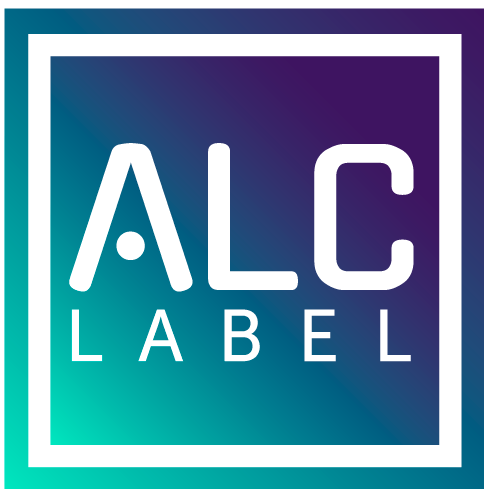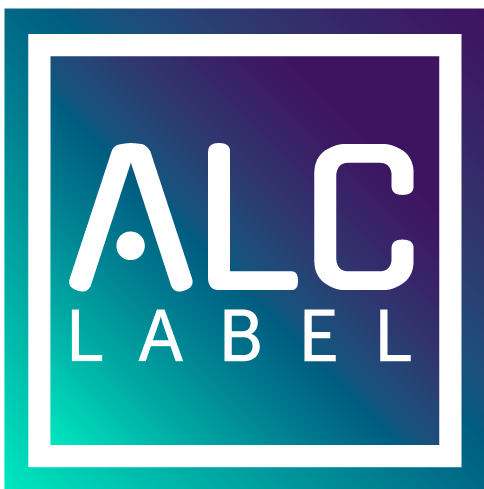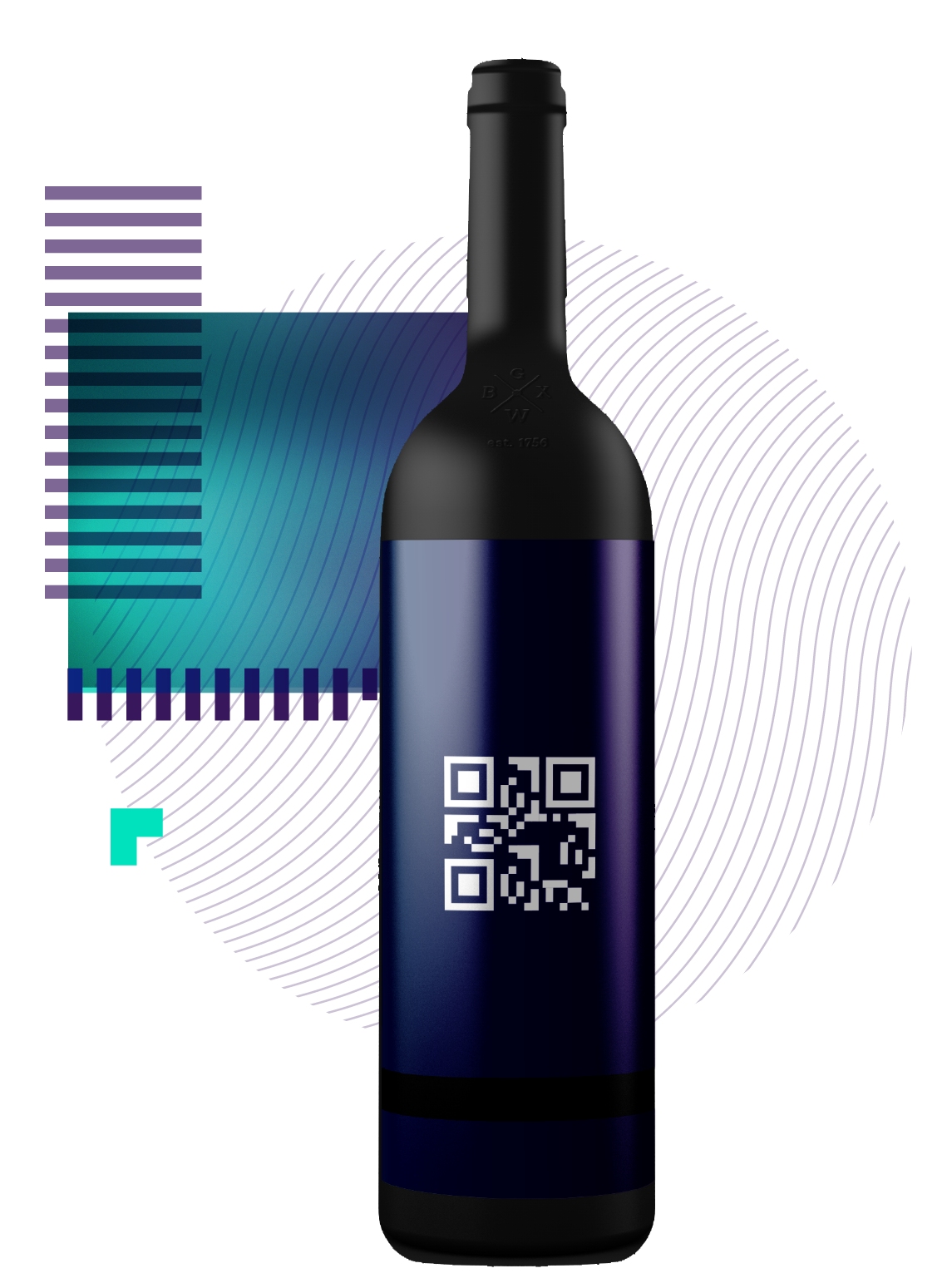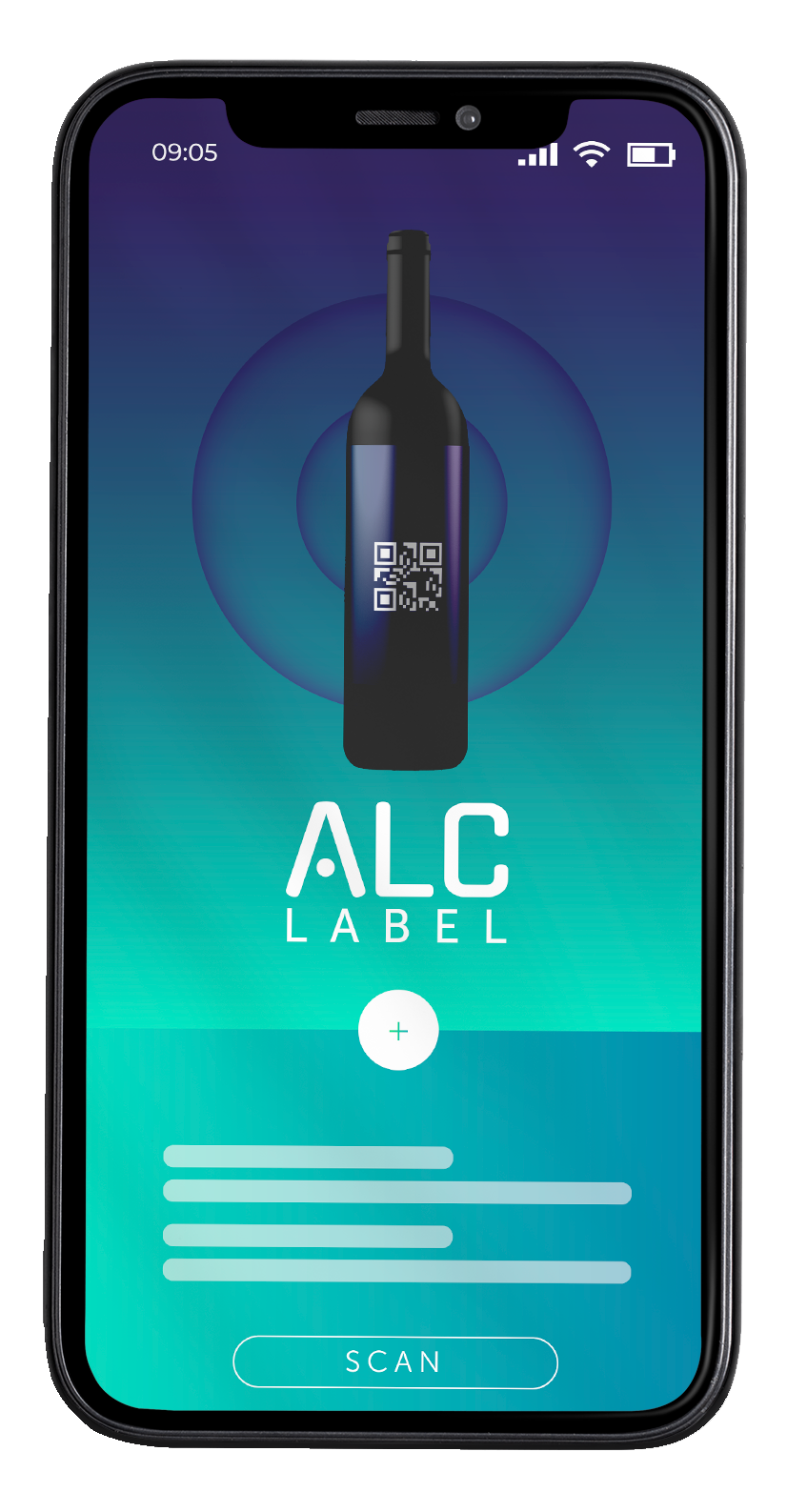EU Guidelines
EU wine labelling regulations | Digitalization of information for consumers with e-labels
On November 6, 2021, the
Common Agricultural Policy reform was published. This includes the EU 2023/27 reform, which will affect the wine sector and change the way the consumer comes into contact with a bottle of wine. So let's dive in and discover what this new European wine labelling regulation is all about!
E-label delivers detailed product information through a QR Code
Provide caloric content and/or nutritional value in KCAL & KJ per 100 ml
Disclose any health and government warnings as required by the local jurisdiction
What is the driver behind this new alcohol labelling regulation?
The main objective of the reform is to better inform consumers about what they are drinking, provide disclosures around allergens and raise awareness about responsible consumption of alcohol, bringing alcohol labeling regulations in line with food labelling regulations.
What are the most important changes in the new EU wine labelling regulations?
Prior to the change in this law, wine was not required to list ingredients other than allergens on their labels. This new regulation brings wine labelling in line with food labelling, requiring all ingredients and full nutritional declaration. However - the content of physical label can be limited to allergens and the nutrition declaration of the energy value. The full nutrition declaration and ingredient list, however, can be provided by "electronic means", through QR code placed on the physical label.
What are the EU regulations for wines with a low percentage of alcohol?
All wines with a low percentage of alcohol, less than 0,5% alcohol content, may now be marketed as wine products
When does the new European regulation on wine labelling come into force?
The new regulation for the agricultural and wine sector will come into force in 2023, and all wines marketed in the European Union (both those produced in EU countries and imported wines) must comply with the regulation. But there is an exception: all wines bottled and labelled before December 6, 2023, can continue to be marketed without adapting to the new measure until all their units are sold.
What is an e-Label?
E-Labels stands for electronic labels, which are digital alternatives to the classic physical label. To view the information contained in an e-label, consumers must scan a QR code. E-labels will allow companies to communicate the composition of their products digitally in all European languages.
Benefits of wine e-labelling
E-Labels have many advantages over physical labels:
- Consumers will have access to ingredient, nutritional and additional information
- Consumers can access this information in the language of their choosing
- Producers will be able to save on labelling costs and able to get their products to market much faster
- Producers will be able to unlock analytics on product performance
FAQs
Got a question? We’re here to help.
-
When will the European legislation come into effect?
The new legislation will come into force during 2023 and will affect all wines bottled after December 6, 2023, and all wines imported and sold in the EU.
-
What changes will the new EU legislation bring for alcohol labels?
Under the new legislation, all wines must include the following information on the label:
- Country of Origin.
- Type of wine
- Alcohol level
- Container Size
- Ingredients
- Sulphite declaration
- Nutritional declaration
In addition, a QR Code must be included on the label so that when the customer scans it, it will provide this information in their language.
It is necessary to clarify that you can decide to include certain information only in the QR code, but if you decide to add the ingredients only digitally, you must also include the allergens on the label. On the other hand, the nutrition declaration must always be present on the label, while you can optionally include it in the QR code.
-
What type of payment methods do you accept?
All major credit cards and widely accepted payment methods using our payment gateway.
-
Who can benefit from using ALC Label?
If you are an alcohol producer and you want to grow your brand in a profitable way, connecting better with your customers not only in Europe but also in the rest of the world, then don't hesitate: ALC Label is for you!
-
What are the benefits of ALC Label?
ALC Label distinguishes it from the rest. ALC Label offers you the possibility of including a Technical Data Sheet in your Label, which will offer your customers more information than the mandatory. Some details that you can include in the Technical Sheet are:
- Viticultural and vinicultural practices
- Sustainability practices
- Carbon management
-
Why do I need ALC Label?
ALC Label is the best way to connect with your customers, thanks to the fact that they will have access to a complete Tech Sheet about each of your products. This way, they will be able to make an informed purchase decision, and you will have more opportunities for them to choose yours.
-
Can ALC Label translate the information about my wines?
Yes, ALC Label can translate your wine information into all EU languages using the Google API.
-
How much does it cost to use ALC Label?
ALC Label has different plans to suit all needs:
- Plan up to 25 E-Labels: Free. We want to be your labelling partner. We know that when you are starting out, every penny counts.
- Plan up to 50 E-Labels: €250.00
- Plan up to 100 E-Labels: €500.00
- Unlimited Plan: €2500.00
Enterprise solution: contact us for more information
-
How do I start using ALC Label?
We are working with producers like you to make the platform ideally suited to your needs.
As such, Join our Waitlist and you will be the first one to get access when we launch later in the year.
When we launch, jst follow 3 steps to start using ALC Label:
- Register your company
- Enter the information about each of your wines.
- Generate the Techsheet and the E-Label
These simple steps can take up to 5 minutes or less!
-
How do I input the product information?
The digital label information can be added in two ways:
The manufacturer of each alcohol product chooses what information is displayed on the digital label. This is the traditional or manual way.
Transferring the information from a database to the digital label automatically.



